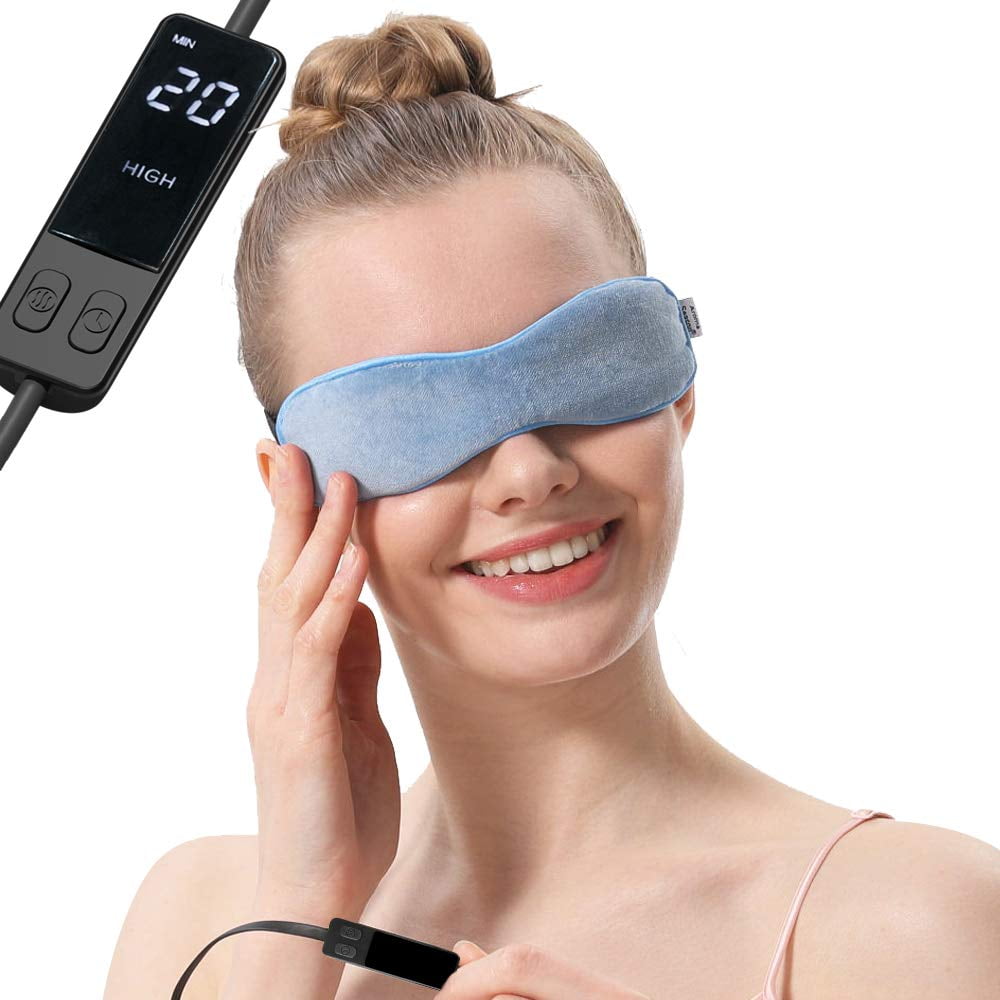


Their results showed an increase in lipid layer thickness of more than 80% after just five minutes of treatment a subsequent 20% increase in lipid thickness was documented after 15 additional minutes of therapy.

Subjects were instructed to apply moist cotton napkins heated to 40☌ to their eyelids using gentle pressure for a defined period of time.
#Warm eye compress for dry eyes series#
Korb showed significant improvement in tear film lipid layer thickness following treatment with warm compresses in a series of 20 patients with MGD. There is little question that warm compresses can have a positive impact on conditions like MGD and evaporative dry eye. And it seems that, over the last few years, several researchers have evaluated the potential for corneal warping when patients used combined heat and massage for eyelid conditions. It was just a brief mention, but it was noteworthy. Korb alluded that the use of warm compresses with digital massage––a seemingly innocuous practice that most of us recommend for patients with blepharitis and chalazia––actually might be detrimental to corneal health. Korb, OD, at the 2012 American Academy of Optometry meeting in Phoenix. It was such a scenario after attending a lecture about meibomian gland dysfunction (MGD) and dry eye by Donald R. But, as optometry becomes more sophisticated and research brings us new clinical evidence, we are bound to see a multitude of changes in many things once considered standard of care. Sometimes it can be difficult to accept that something you’ve been doing for many years is incorrect, inappropriate or even potentially harmful. The water provocative test for glaucoma and the use of pressure patching for corneal abrasions were once taught as essential components of practice.īy 2013, however, we’ve realized that these procedures are outdated, overrated or just plain wrong. Optometry certainly has seen its share of discarded dogmatic practices. David Sackett, often referred to as “the father of evidence-based medicine,” is quoted as telling a class of medical students, “Half of what you’ll learn in medical school will be shown to be either dead wrong or out of date within five years of your graduation the trouble is that nobody can tell you which half.”


 0 kommentar(er)
0 kommentar(er)
